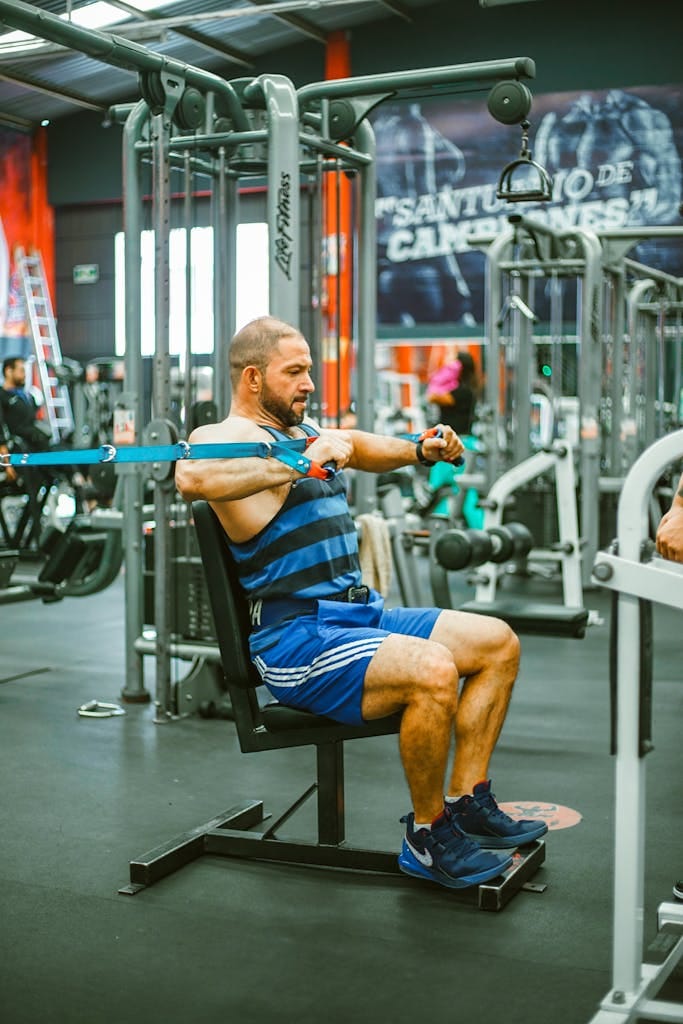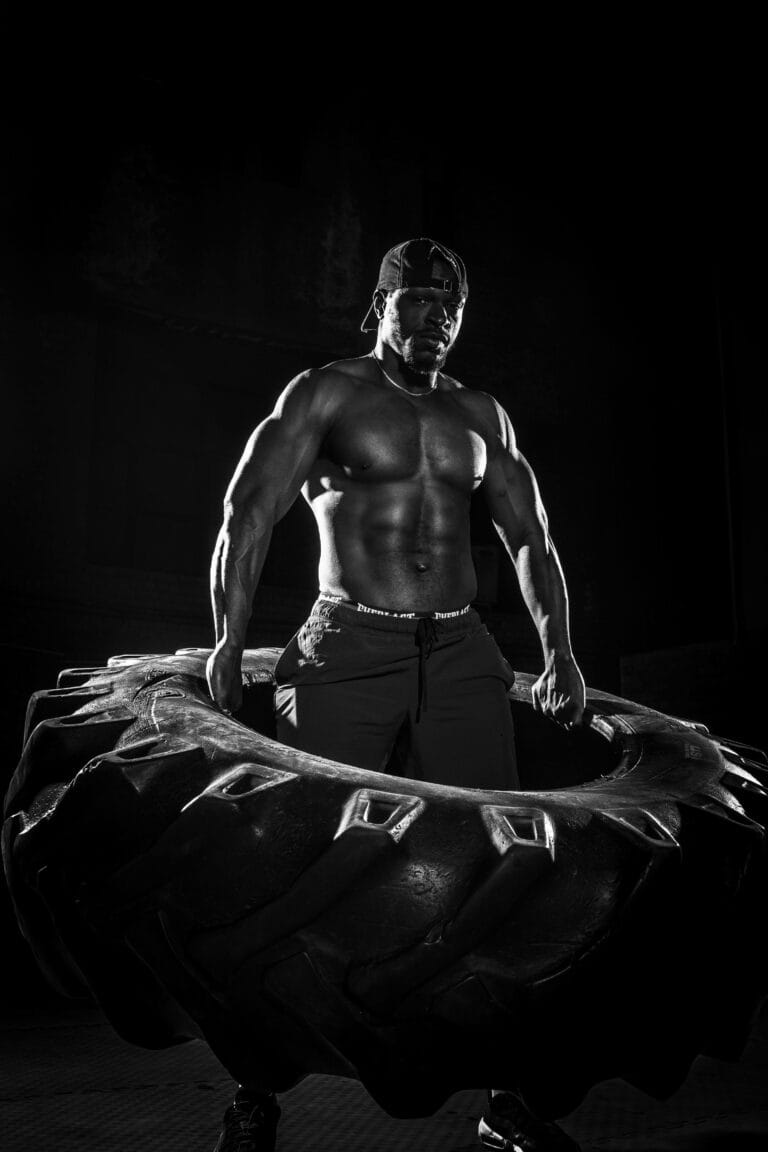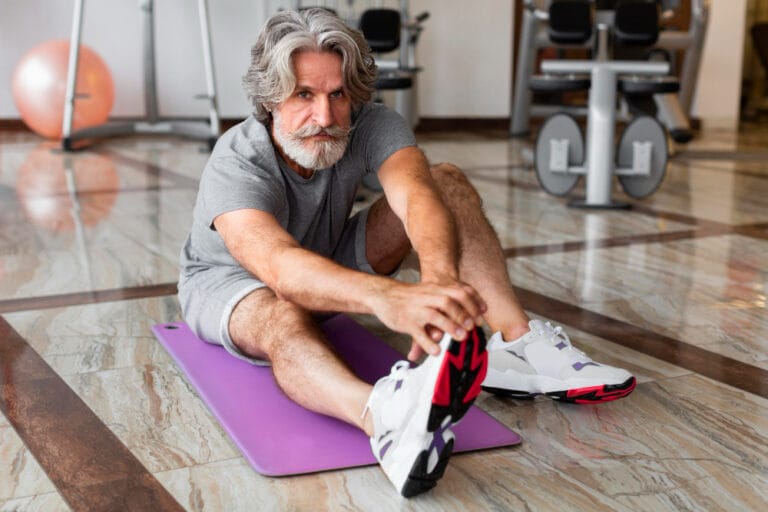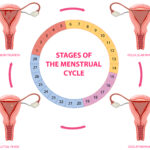FREE SHIPPING OVER $50
Skip the Weights: This Chair Workout With Resistance Bands Toned Me Fast
When most people think about strength training, they picture barbells, dumbbells, and heavy lifting at the gym. But what if you could tone your muscles, improve your posture, and build strength—all from the comfort of your chair? That’s exactly what I discovered when I swapped my usual weight routine for a resistance band chair workout. And to my surprise, it actually worked—fast.
In this article, I’ll walk you through why resistance bands deserve more respect, how this type of low-impact workout tones your body, and which exercises made the biggest difference for me. If you’re short on time, dealing with joint pain, or just over the gym grind, this is for you.
Why Resistance Bands + a Chair Can Be a Game-Changer

Don’t let the simplicity fool you. Resistance bands offer progressive resistance—meaning the more you stretch, the harder your muscles work. Add in the stability challenge of staying seated while moving through various ranges of motion, and you’ve got a highly effective workout that’s easy on your joints and adaptable to any fitness level.
A resistance band chair workout:
- Activates core muscles for balance
- Targets smaller stabilizing muscles often missed by traditional weightlifting
- Reduces risk of injury by removing excess load
- Is perfect for home workouts or travel
Let’s not forget: consistency matters more than complexity. And doing 20 minutes of controlled, resistance-based movement in a chair can deliver real results when done regularly.
My Weekly Chair Workout Plan
I committed to doing this workout four times a week, mixing in light walking on off days. Each session lasted about 20 to 25 minutes, and I focused on full-body movement patterns using a loop resistance band and a long resistance band with handles.
Here’s what that looked like.
The 7 Chair-Based Resistance Band Moves That Delivered Results
1. Seated Row: Back and Arm Strengthener
Sit upright with your feet flat on the ground. Loop the band around your feet, hold the handles (or ends) with palms facing in, and pull the band toward your torso while keeping your elbows close to your sides.
Why it works: Strengthens the upper back and arms, improving posture and reducing back pain.
2. Seated Chest Press: Push Movement Without Weights
Secure the band around the back of the chair. With elbows bent and palms facing down, press your arms forward until they’re fully extended.
Why it works: Engages the chest, triceps, and shoulders—mimicking a bench press while staying joint-friendly.
3. Overhead Press: Total Upper Body Activation
Hold each end of the resistance band with your feet anchoring it. Raise your hands to shoulder level and push upward, extending your arms fully.
Why it works: Tones shoulders, upper traps, and engages core stability muscles.
4. Seated Leg Press: Lower Body Power Move
Wrap the band around your foot, hold both ends in your hands, and push your leg out until straight, then return slowly. Alternate legs.
Why it works: Builds strength in quads, glutes, and hamstrings—great for those with limited mobility.
5. Band Pull-Aparts: Posture Fixer
Hold the resistance band at shoulder height with both hands and pull outward until your arms are fully extended.
Why it works: Opens up the chest and strengthens the upper back, key for desk workers or anyone with rounded shoulders.
6. Seated Core Twists: Gentle Ab Burner
Loop the band around a stable point (like a doorknob or chair leg to your side), hold it with both hands, and twist your torso slowly side to side.
Why it works: Engages obliques and deep core muscles without straining the lower back.
7. Banded Leg Lifts: Hip & Core Finisher
Place the loop band around your thighs. While seated, lift one leg at a time, keeping tension on the band.
Why it works: Targets the hip flexors, thighs, and core—perfect for strengthening muscles that support balance and mobility.
What Happened After 2 Weeks of Chair Workouts
By the end of the first week, I already felt the difference in core activation. Sitting tall, stabilizing through my abs, and controlling the resistance made each movement feel intentional and effective. By week two, I noticed:
- Less tightness in my hip flexors and back
- Improved shoulder stability
- More muscle tone in my arms and legs
- Better energy levels, thanks to daily movement
It wasn’t just a physical shift—mentally, I felt empowered. I could move at my own pace, avoid gym intimidation, and still see noticeable changes in my body.
Who Should Try a Resistance Band Chair Workout?
Honestly? Anyone. But especially:
- Beginners looking for a low-impact strength routine
- Older adults or those with mobility concerns
- Busy professionals who want a no-excuses home workout
- People recovering from injury who need to rebuild strength safely
It’s also incredibly easy to modify the resistance just by adjusting your grip or band tension. That makes it beginner-friendly, but still scalable as you get stronger.
Why This Might Be Better Than Weights (At Least for a While)
I’m not saying resistance bands should replace weights forever—but if you’re feeling burned out, battling soreness, or just need a new way to build strength that doesn’t require a gym, this chair workout is a seriously underrated solution.
It toned my muscles, improved my posture, and helped me stay consistent—three things that matter way more than how much weight you lift.
And the best part? You don’t need anything fancy. Just a chair, a few bands, and a little commitment.
Related Articles
- Chair Yoga for Seniors: Free 28-Day Plan to Boost Flexibility and Wellness
- What Is Yoga Nidra? I Tried It for 10 Days to See If It Could Transform My Sleep
- Chair Yoga That’s Actually Worth Your Time (10 Minutes to Strength and Mobility)
- 4 Expert-Recommended Exercises Every Woman Needs to Age Like a Boss
- Rounded Shoulders? Fix That Forever With These Game-Changing Moves
- Six-Pack in 28 Days? Yep, I Did It—Here’s the Free Plan (No, It’s Not Just Sit-Ups)







